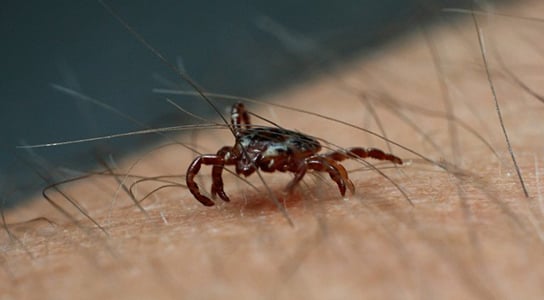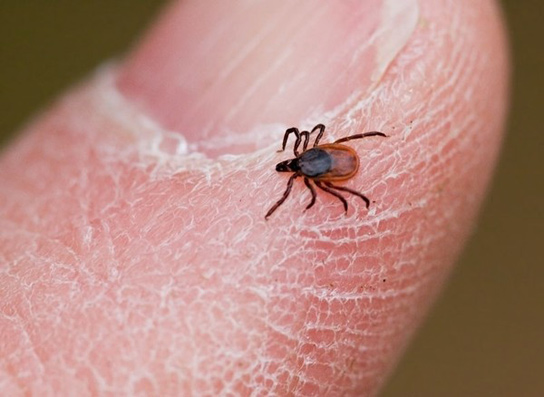
Deer tick
It’s been explained at the International Conference on Emerging Infectious Diseases (ICEID) that the northeastern part of the United States faces the worst year yet for Lyme disease and other tick-borne infections because of the abundance of an unnoticed component of the disease’s complex ecology. A heavy crop of acorns will fuel a population bloom in white-footed mice that stash the acorns for winter food.
This surge will intersect with the two-year lifecycle of the ticks that can transmit Lyme disease, of which mice are the key host. This summer, they could produce a bump in the crop of infected tick nymphs looking to affect larger mammals such as humans.

This prediction was based on earlier work by Richard S. Ostfeld of the Cary Institute of Ecosystem Studies in Millbrook, New York and was presented at ICEID. The key role played by Peromyscus leucopus, which are a reservoir for Borrelia burgdorferi, the bacterial cause of Lyme. Mice sustain the infection without any negative effects and the tick larvae drop off in their second year of life to become tick nymphs.

Mice are more dangerous than deer as carriers because they can survive with less food in smaller areas than larger mammals. Larger parcels of land with more balanced ecosystems, which include natural predators for mice and other animals, tend to have lower Lyme density. There are yearlong gaps between bumper crops of acorns, mice, and ticks, indicating that the irregular masting phenomena could be used as an early-warning signal for Lyme exposure risks.









Be the first to comment on "Acorn, White-Footed Mice and Tick Cycle Augment Risks of Lyme Disease in 2012"